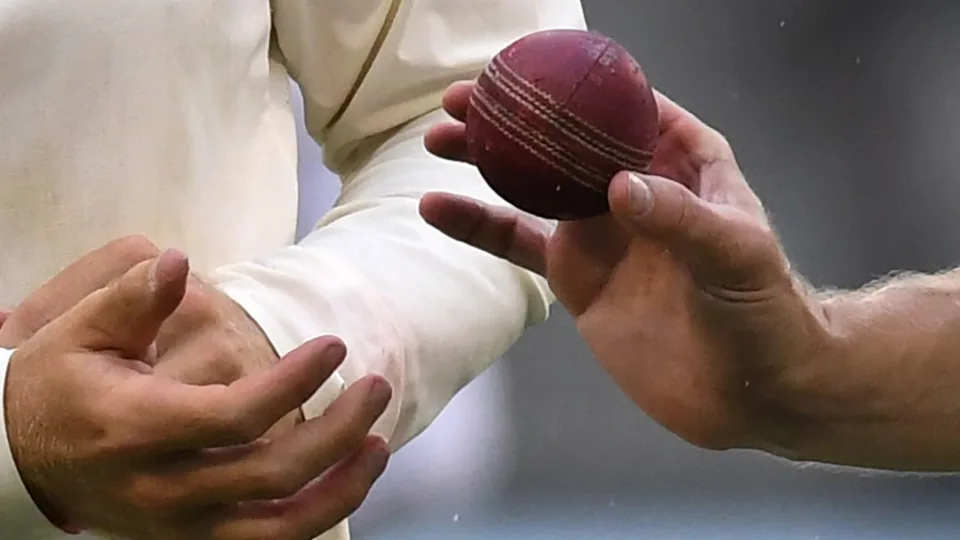
Stop Clock in Tests to control over-rate menace along with a host of other rule changes by the ICC off late.
Stop clock for Tests, no ball change after use of saliva, new DRS protocols and more.
The amended Boundary Law and the use of only one ball in ODIs starting in the 35th over are two recent modifications to the playing conditions for men’s international cricket that were authorised by the ICC. Some of these new regulations have already been implemented for the 2025–2027 World Test Championship (WTC) cycle, while those that apply to white-ball cricket will take effect on July 2.
Since slow over rates have long been an issue in Test cricket, the ICC has decided to implement a stop clock in Test cricket as well, one year after it was first implemented in white-ball formats.
The rule states that the fielding side must be prepared to begin an over within one minute of the conclusion of the previous one. The umpires will give them two warnings if they don’t comply. The bowling team will receive a five-run penalty from the umpires following those warnings. Following each block of 80 overs, the number of warnings will be reset to zero. Additionally, the clock will be numbered from 0 to 60 in an ascending direction. The rule has been in effect since the start of the WTC cycle for 2025–2027.
According to the ICC, umpires are no longer required to replace the ball as soon as they discover saliva on it, even if the use of saliva on the ball is still prohibited. The purpose of this modification is to prevent situations in which teams attempt to force a ball change by purposefully smearing it with saliva.
The umpires will only switch the ball going forward if its condition has significantly changed, for as if it seems excessively damp or has more shine. The umpires have complete discretion over this.
Additionally, the ball cannot be replaced if it begins to move after the umpires have declared that the application of saliva has not altered its state. However, the batting team will receive five runs.
Consider the following scenario: a batter requests a review after being given out caught behind. The ball has really brushed the pads without making contact with the bat, according to UltraEdge. After ruling out the catch, the TV umpire looks for the second method of removal and requests that the batter be checked for leg before wickets using ball-tracking. As of right now, the standard procedure for such a review was that the default conclusion for the second form of dismissal, lbw, would be not out once it was established that the batter was not out caught.
However, under the revised regulation, the “original decision” label will read “out” when the lbw ball-tracking graphic is shown. Additionally, the hitter would be called out if the review results in an umpire’s call decision.

